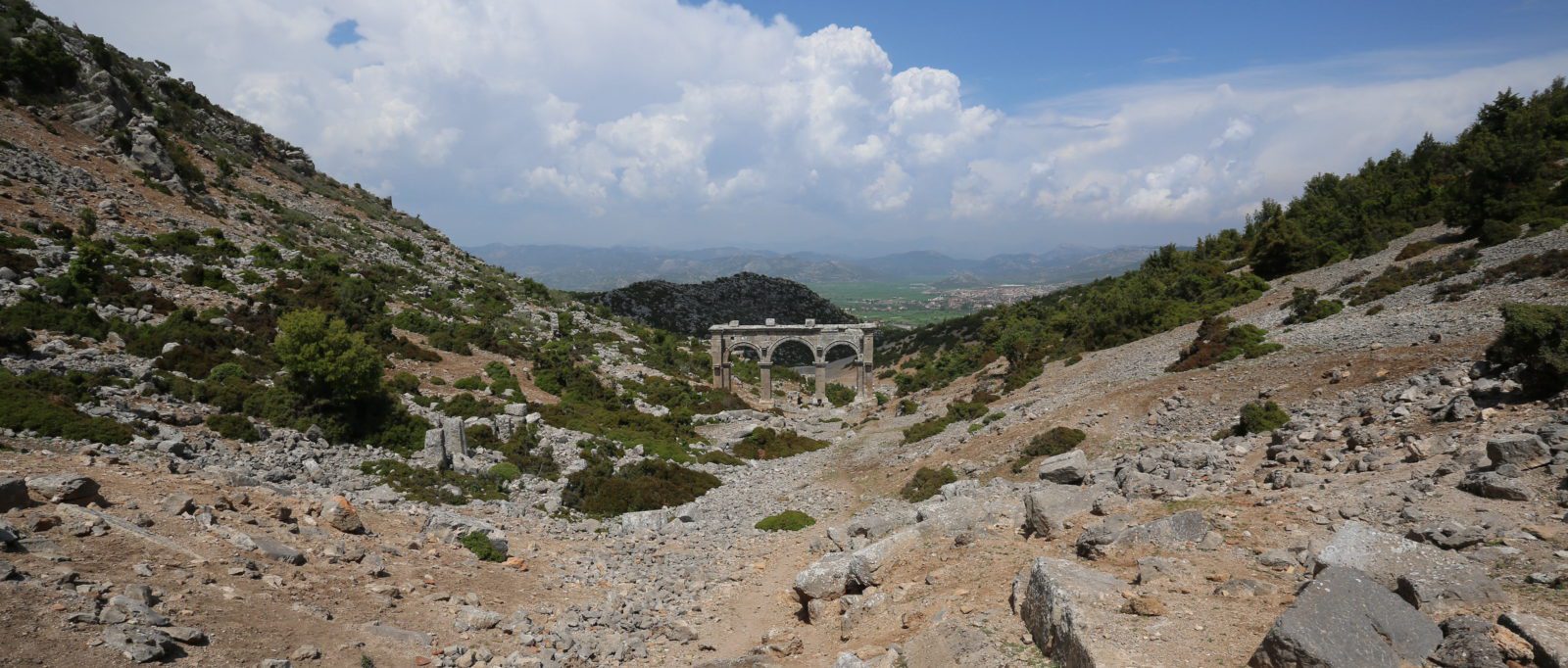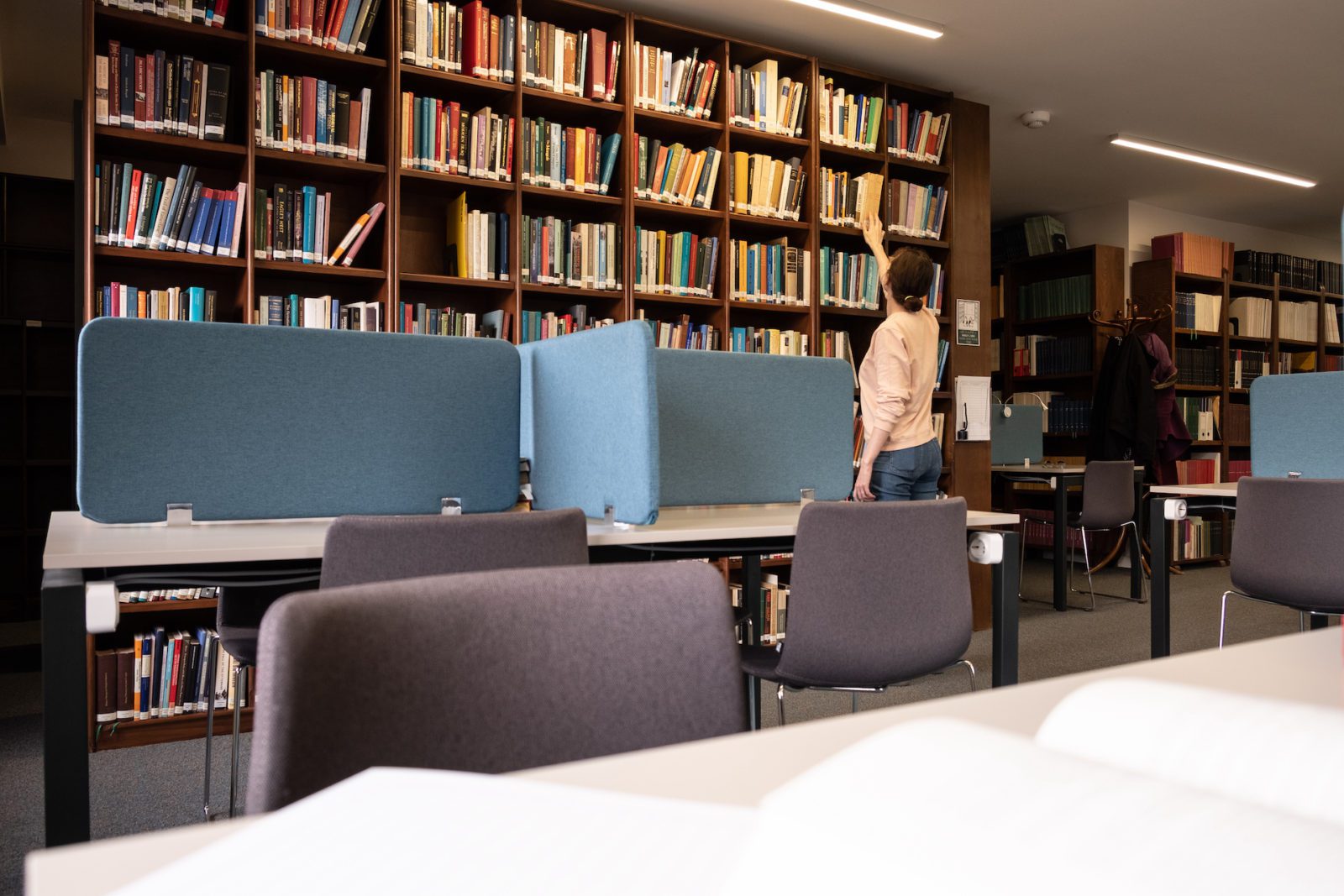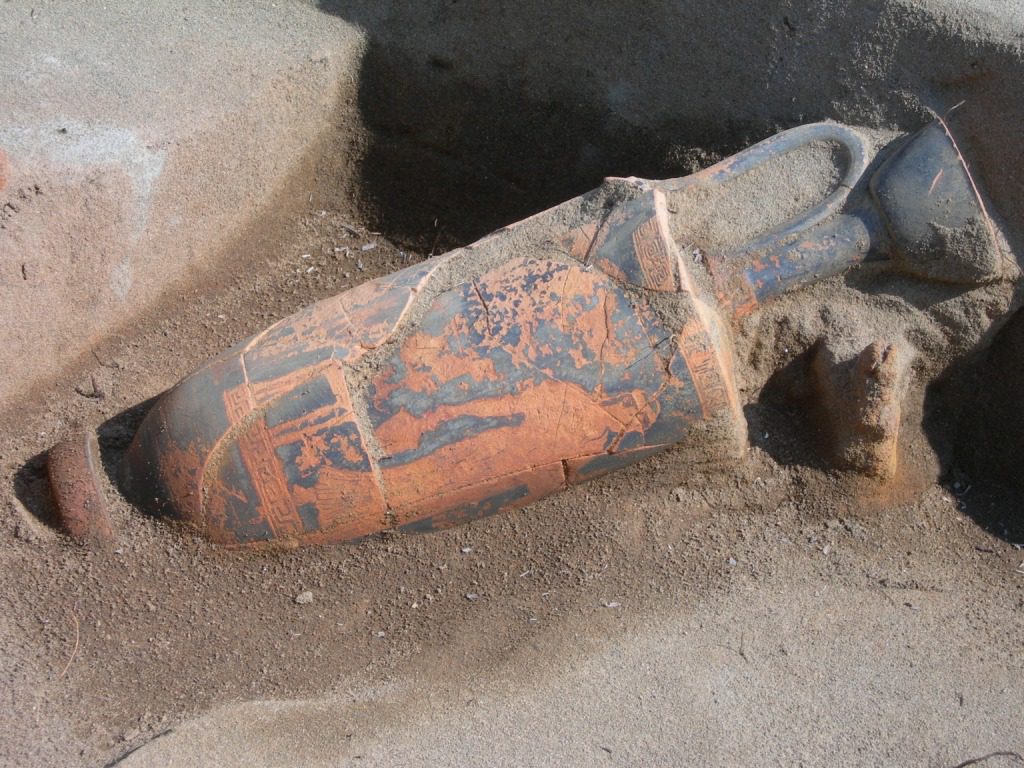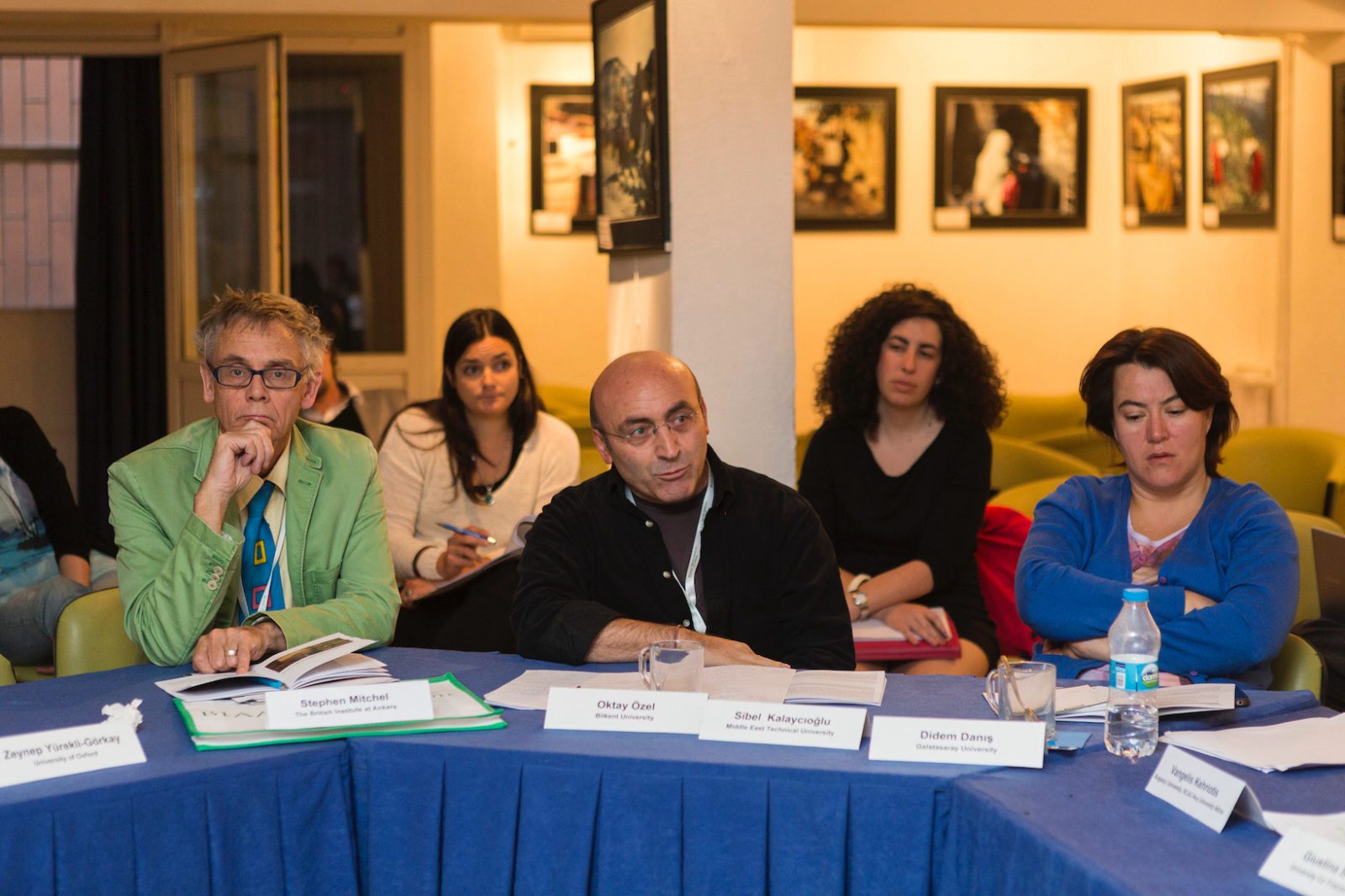



The British Institute at Ankara supports, enables and encourages research in Türkiye and the Black Sea region across the arts, humanities and social sciences.




Founded in 1947, the BIAA was incorporated in the 1956 cultural agreement between the Republic of Turkey and the United Kingdom. The BIAA is one of the British International Research Institutes (BIRI). It has offices in Ankara and London, and a dedicated staff of experts from a wide variety of academic and cultural backgrounds.